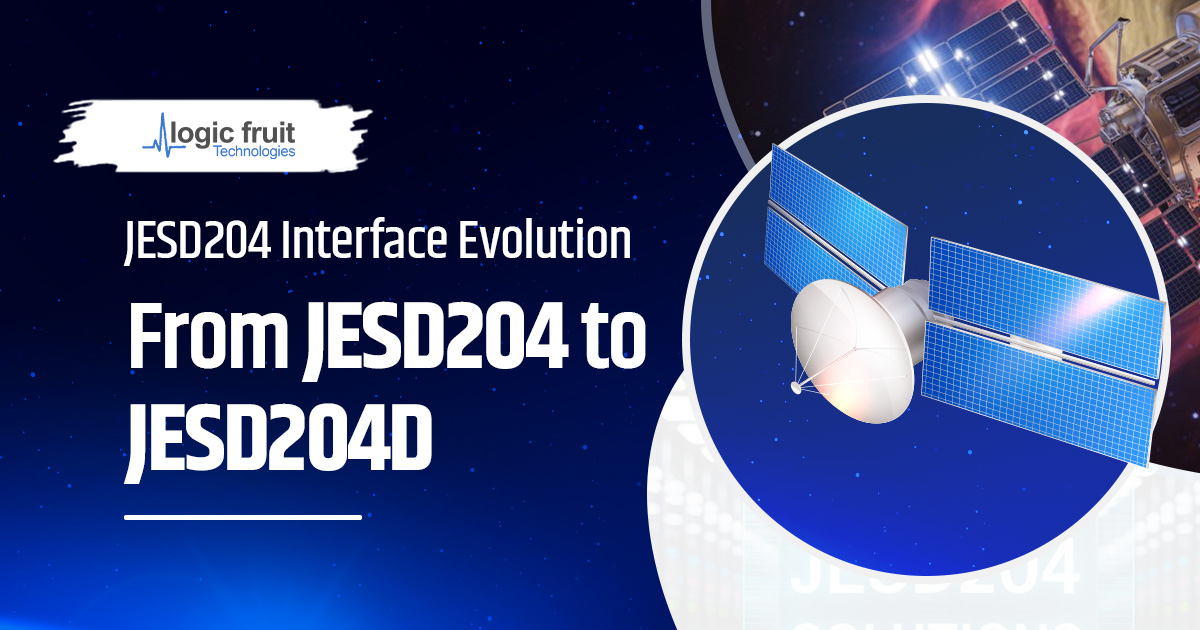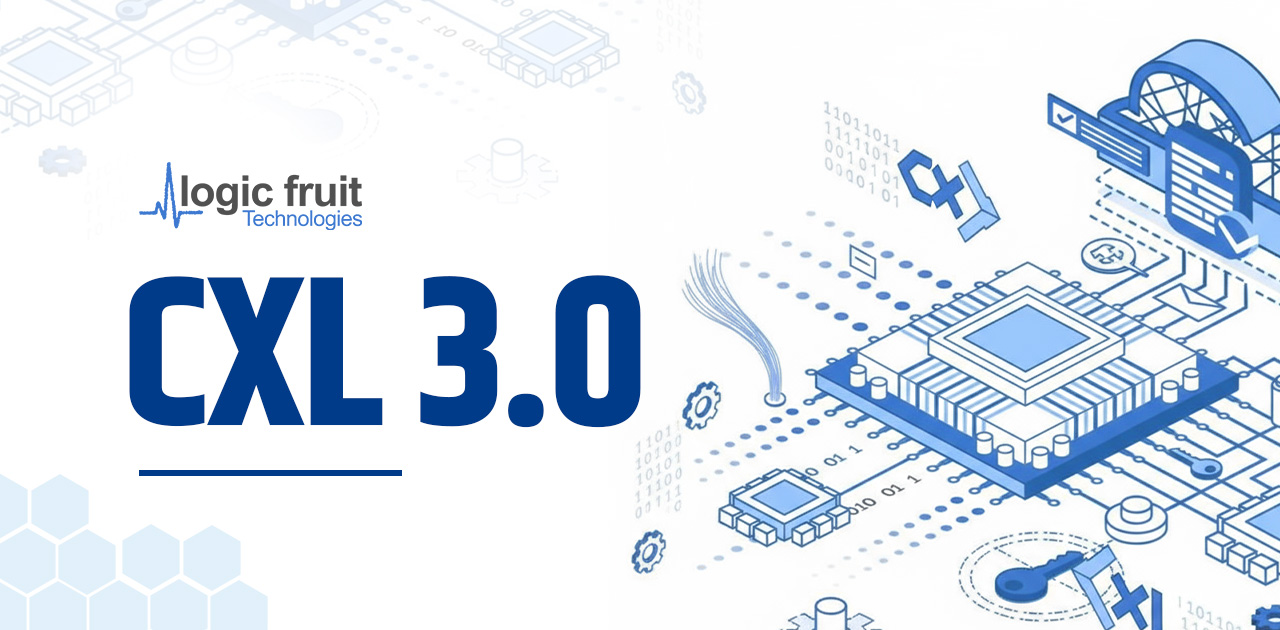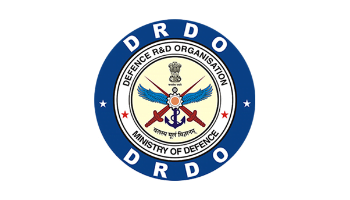The JEDEC standard JESD204 was created to make it easier for digital devices such as FPGAs and ASICs to interact with high-speed data converters.
This standard has changed over time to accommodate the increasing need for improved features and faster data rates.
With major improvements and backward compatibility, the most recent version, JESD204D, builds on the developments of JESD204C and JESD204B.
PAM4 signaling is introduced for data speeds as high as 116 Gbps, and JESD204D provides NRZ (PAM2) signaling at up to 58 Gbps.
PAM4 is a logical step toward greater line rates, however to handle its higher Bit Error Rate (BER), RS-FEC (Reed Solomon Forward Error Correction) encoding is needed.
While NRZ links employ FEC techniques for error detection, displacing the CRC approach, JESD204D guarantees robust error detection and correction for PAM4 links with RS-FEC encoding as a crucial addition.
Because of this development, JESD204D is perfect for high-bandwidth defense, aerospace, and telecommunications applications.
In the following infographic, we’ll examine JESD204D, its optimum uses, and its differences from earlier standards like JESD204B and JESD204C.
We’ll also highlight the cutting-edge JESD204D solutions from Logic Fruit, which are spearheading the upcoming generation of high-speed data interfaces.
JESD204D and Its Role in High-Speed Data Communication

Logic Fruit Technologies, a pioneer in JESD IPs, continues to lead in innovation by providing FPGA-based solutions that support the latest JESD standards.
With proven expertise in JESD204B and JESD204C, Logic Fruit is at the forefront of adopting JESD204D, delivering solutions compatible with leading ADCs and DACs across Tier 1 and Tier 2 vendors worldwide.










